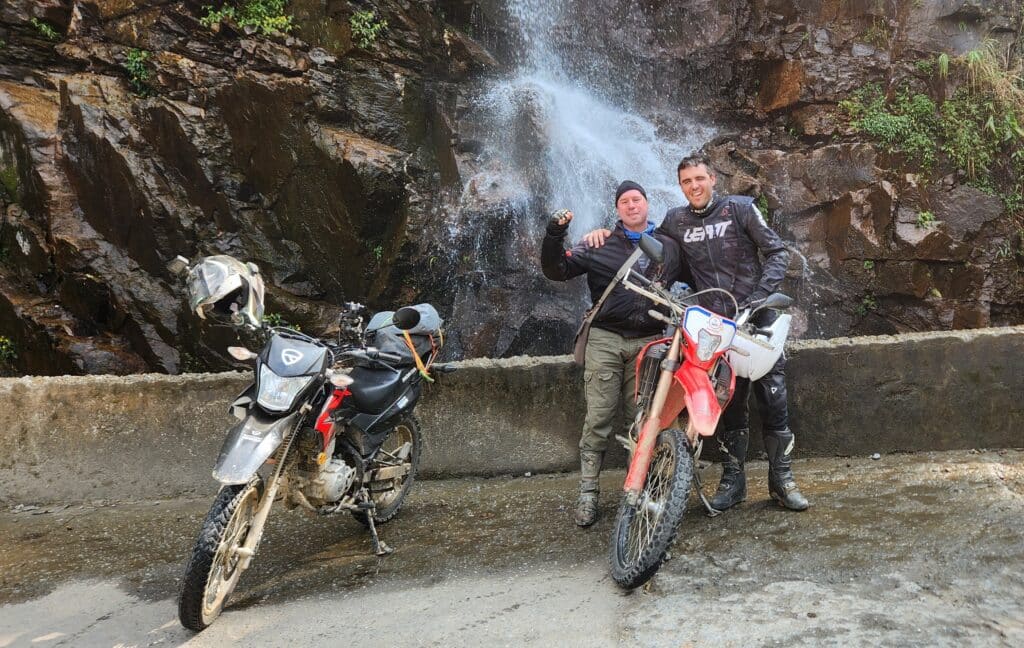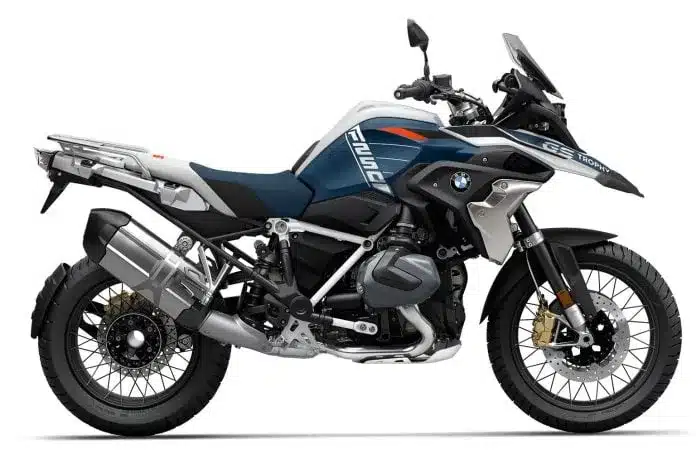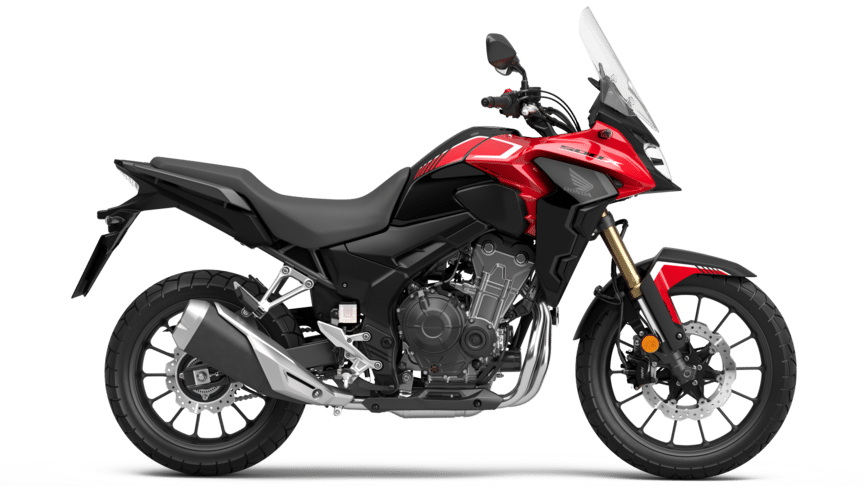
Home » Blog » Motorcycles » 3 Ways to Start Your Honda XR150

The Honda XR150 is a fantastic dual-sport motorcycle, known for its reliability and versatility. Whether you’re hitting the trails or commuting through the city, knowing how to start your bike in any situation is key. While the electric starter is your go-to, there are two other essential methods every XR150 owner should be familiar with: kick starting and bump starting.
This is the easiest and most common way to get your XR150 roaring.
Ensure Neutral: Make sure your bike is in neutral (the green ‘N’ light on your dashboard will illuminate). Attempting to start in gear with the clutch pulled in might work depending on the model year and safety interlocks, but neutral is always the safest bet.
Turn Key On: Insert your key and turn it to the “ON” position. You should see your dashboard lights come alive.
Fuel Petcock: If your XR150 has a manual fuel petcock, ensure it’s in the “ON” or “RES” (reserve) position. “ON” is with it pointed UP and “RES” is with it pointed down.
Choke (if cold): If the engine is cold, pull out the choke lever (usually located on the carburetor itself or a cable-operated lever on the handlebars). Push it back in once the engine warms up. We have a whole blog and video on that which you can watch.
Press the Starter Button: Locate the starter button on your right handlebar control cluster (it usually has an arrow pointing in a circle or a lightning bolt symbol). Press and hold it down. You usually only need to press for 2-3 secs. If longer than this, you may need to try the CHOKE.
Release When Started: As soon as the engine fires up, release the button.
Almost always! This is your primary starting method for everyday use.
The kick starter is a lifesaver if your battery is dead or weak. It’s also a great skill to have, connecting you more intimately with your machine.
Ensure Neutral: Just like with electric start, make sure your bike is in neutral.
Turn Key On & Fuel Petcock: Key on, fuel petcock on.
Choke (if cold): Apply choke if the engine is cold.
Locate Kick Starter: Fold out the kick start lever, usually found on the right side of the bike, near the footpeg.
Find Top Dead Center (TDC): This is crucial. Slowly push the kick starter down with your foot until you feel significant resistance. This indicates the piston is at the top of its compression stroke. You might hear a slight “click” or feel it firm up.
Full, Strong Kick: Once you’ve found TDC, let the kick starter return to its highest position. Then, with a smooth, strong, and confident kick all the way through its travel, push the lever down. Don’t just jab at it; use your full body weight if needed.
Repeat if Necessary: If it doesn’t start on the first kick, repeat steps 5 and 6. Avoid multiple weak kicks. One good, deliberate kick is more effective.
Choke Off: Once the engine starts, push the choke back in as it warms up.
Dead battery, weak battery, or just to show off your old-school skills!

Ready for adventure? The Honda XR150 is your perfect companion for rugged backroads, mountain passes, and open highways.
✅ Lightweight, reliable, and fuel-efficient
✅ Comfortable for long rides and multi-day tours
✅ Trusted by riders across Vietnam for the legendary Ha Giang Loop
This method is your last resort when both electric and kick starting fail, usually due to a severely dead battery or a starting system issue. It requires a bit of open space and some physical effort.
Turn Key On & Fuel Petcock: Key on, fuel petcock on.
Engage a Higher Gear: Shift into second or third gear. Don’t use first gear, as it will likely just lock up the rear wheel.
Choke (if cold): Apply choke if needed.
Get Rolling:
Option A (Solo): Find a slight downhill slope if possible. Hop on the bike, stand on the pegs, and start pushing the bike forward with your feet.
Option B (With Help): Have a friend push the bike from behind.
Pop the Clutch: Once you’ve built up a decent amount of speed (a brisk jogging pace), quickly release the clutch lever while simultaneously giving it a tiny bit of throttle. The momentum of the rear wheel will turn the engine over.
Alternative: You may like to get moving with the bike in Neutral and then pull the clutch, shift into 2 (UP) and then pop the clutch. Whatever works for you is correct.
Hold Clutch and Ride Away: As soon as the engine fires, immediately pull the clutch lever back in to prevent the bike from lurching and stalling. Gently give it some throttle to keep it running, and ride off.
Choke Off: Push the choke back in once running.
When your battery is completely flat and the kick starter isn’t working, or you suspect an electrical issue preventing normal starting.

Ready for ultimate freedom? Our one-way rentals let you blaze your own trail across Vietnam — no need to loop back!
✅ Pick up/drop off in Hanoi, Danang, or Ho Chi Minh City
✅ Explore Vietnam at your pace
✅ No backtracking—just pure, open-road freedom
Knowing these three starting methods will ensure you’re never stranded with your Honda XR150. Practice the kick start occasionally to stay proficient, and remember the bump start for those truly sticky situations. Happy riding!
Daily
Total
Rider (CRF 300)
$220
Pillion
$120
Damage Waiver
$20
Private Room
$40
Support Vehicle*
$150
* All prices given are in USD and apply per rider except for the support vehicle. The support vehicle is free for groups of 7 or more, otherwise the cost is shared across the group.
Daily
Total
Rider (XR 150)
Rider (CRF 300)
Rider (CB 500X)
Rider (GS 1250)
Pillion
$120
Damage Waiver
$20
Private Room
$40
Support Vehicle*
$150
* All prices given are in USD and apply per rider except for the support vehicle. The support vehicle is free for groups of 7 or more, otherwise the cost is shared across the group.
Daily
Total
Jeep (1 PAX)
$210
Jeep (2 PAX)
$120
Jeep (3 PAX)
$90
Jeep (4+ PAX)
$80
Rider (Easy Rider)
$115
Rider (Self-Drive)
$105
Private Room
$15
* Our jeep tour prices operate on a sliding scale. The larger your group, the less each person pays—each member of your group will pay the lowest daily rate shown. For example, if you have a group of 4 or more, you will each only pay $80/day. All prices are given in USD.

Engine Type
air-liquid cooled, twin cylinder, DOHC, boxer engine
Displacement
1255 cc
Bore X Stroke
102.5 mm x 76 mm
Ignition
FI
Fuel System
fuel injection
Compression Ratio
12.5:1
Starter
electric
Gearbox
6-speed
Front Suspension
BMW Motorrad Telelever; stanchion diameter 37 mm
Rear Suspension
single-sided swing arm with BMW Motorrad Paralever
Front Brakes
dual disc brake, floating brake discs, diameter 305 mm, 4-piston radial calipers
Rear Brakes
single disc brake, diameter 276 mm, double-piston floating caliper
Front Tyres
120/70 R19
Rear Tyres
170/60 R17
Wheelbase
1514 mm
Seat Height
850 mm
Ground Clearance
790 mm
Kerb Weight
249 kg
Fuel Capacity
20 litres
Dimensions
2207 mm (L) x 952.5mm (W) x 1430 mm (H)

Engine Type
air cooled, OHC, single cylinder
Displacement
149 cc
Bore X Stroke
57.3 mm x 57.8 mm
Ignition
CDI
Fuel System
20 mm piston valve carburettor
Compression Ratio
9.5:1
Starter
electric with kick starter backup
Gearbox
5-speed
Front Suspension
telescopic fork, 180 mm axle travel
Rear Suspension
single shock swing arm, 150 mm axle travel
Front Brakes
dual piston caliper, 240 mm disc
Rear Brakes
mechanical drum
Front Tyres
90/90 19
Rear Tyres
110/90 17
Wheelbase
1362 mm
Seat Height
825 mm
Ground Clearance
243 mm
Kerb Weight
129 kg
Fuel Capacity
12 litres
Dimensions
2091 mm (L) x 811 mm (W) x 1125 mm (H)

Engine Type
liquid cooled parallel-twin four stroke
Displacement
470 cc
Bore X Stroke
67 mm x 66.8 mm
Ignition
PGMI – FI
Fuel System
fuel injection
Compression Ratio
10.7:1
Starter
electric
Gearbox
6-speed
Front Suspension
41 mm SFF-BP USD Forks
Rear Suspension
Prolink Mono with 5 stage pre load adjuster
Front Brakes
dual 296 mm discs with 4 piston calipers; ABS
Rear Brakes
240 mm disc; ABS
Front Tyres
110/80R19M/C (59H)
Rear Tyres
160/60R17M/C
Wheelbase
1445 mm
Seat Height
830 mm
Ground Clearance
180 mm
Kerb Weight
199 kg
Fuel Capacity
17.7 litres
Dimensions
2,155 mm (L) x 830 mm (W) x 1,410 mm (H)

Engine Type
single cylinder, DOHC, liquid cooled
Displacement
286 cc
Bore X Stroke
76 mm x 63 mm
Ignition
Full Transistor Digital
Fuel System
PGM-FI electronic fuel injection
Compression Ratio
10.7:1
Starter
electric
Gearbox
5-speed
Front Suspension
43 mm telescopic upside down
Rear Suspension
Prolink Mono with 5 stage pre load adjuster
Front Brakes
Rear Brakes
220 mm disc, single piston caliper
Front Tyres
80/100 21
Rear Tyres
120/80 18
Wheelbase
1455 mm
Seat Height
880 mm
Ground Clearance
285 mm
Kerb Weight
142 kg
Fuel Capacity
7.8 litres
Dimensions
2230 mm (L) x 820 mm (W) x 1200 mm (H)
Daily
Total
Rider (CRF 300)
$200
Pillion
$120
Damage Waiver
$20
Private Room
$40
Support Vehicle*
$150
* All prices given are in USD and apply per rider except for the support vehicle. The support vehicle is free for groups of 7 or more, otherwise the cost is shared across the group.